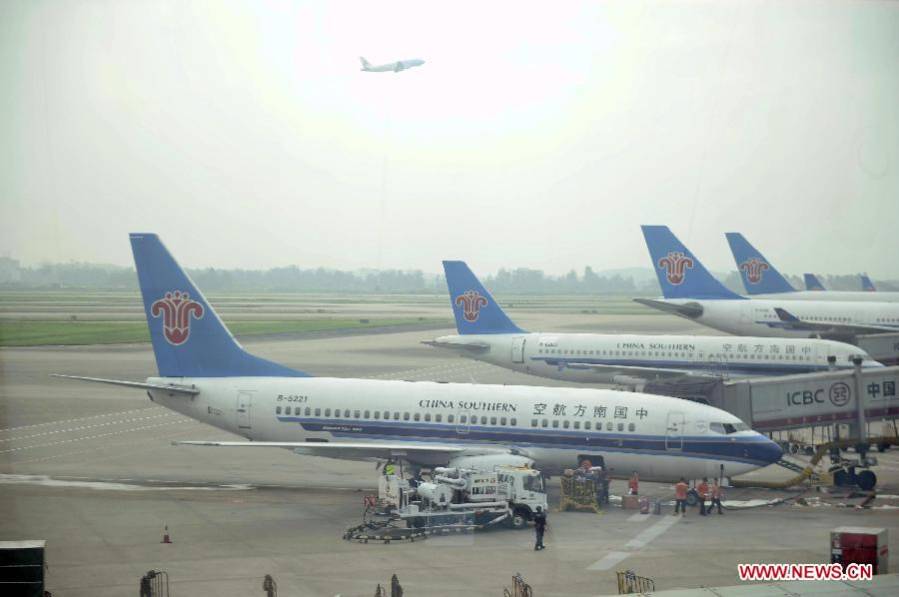Olympic panda Cobi dies at age 25
|
|
|
File photo of Cobi, a giant panda named after the mascot of the 1992 Barcelona Olympic Games. [Photo: qq.com] |
Cobi, a giant panda named after the mascot of the 1992 Barcelona Olympic Games, died this month at the age of 25 at a zoo in Chengdu, capital of southwest China’s Sichuan Province.
Cobi passed away on Feb. 2, despite two days’ of emergency treatment after he suddenly fell into a coma on Jan. 31, the Chengdu Zoo announced Thursday.
The age of the male giant panda is equivalent to about 75 human years. He was healthy before his sudden illness though he had some symptoms of aging such as loss of appetite.
Cobi was named by Juan Antonio Samaranch, former president of the International Olympic Committee. He was born on July 26, 1992 Beijing time, coinciding with the opening day of the 25th Olympic Games in Spain.
He fathered nine cubs, most of whom have further descendants.
The average lifespan of wild pandas is 15 years, but those in captivity usually live longer due to better nutrition and living conditions.
A survey found China with an estimated 1,864 wild pandas and 375 in captivity in 2013.


